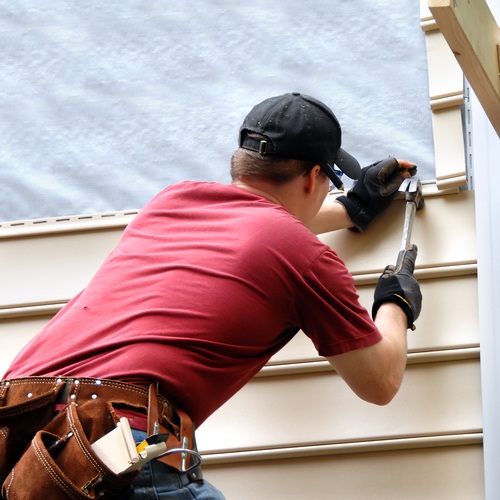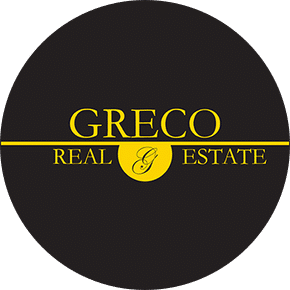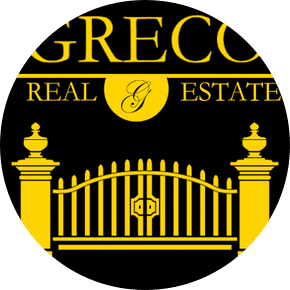
If you’re buying a fixer-upper or need to make some repairs before moving in, an FHA 203k loan may be what you need. This type of loan allows you to roll renovation costs into your mortgage so that you’re only dealing with one loan instead of several. This type of financing is backed by the Federal Housing Administration and is available to both buyers and those who are refinancing.
How does a 203k loan work?
A 203k loan allows you to combine both the purchase price and renovation costs so that you are only dealing with one closing and one mortgage payment. The amount of your loan will represent those combined costs and your down payment will be based that combined amount.
There are two types of 203k loans:
- A streamlined or limited 203k loan is capped at $35,000 in renovation costs and is for homes that don’t have major structural issues.
- A regular or standard 203k loan is for homes that need more extensive repairs that could make them uninhabitable during the work.
What types of repairs are covered?
The types of repairs covered for these loans include:
- Structural repairs
- New garage or landscaping
- Energy conservation
- New roofing, siding or plumbing
- Adding a second story to the home
- Bathroom and kitchen remodels
- Decks and patios
- Installing a well or septic system
- Eliminating problems that are health or safety hazards
Luxury improvements such as pools or tennis courts are not covered for a 203k loan.
Who can qualify for a 203k loan?
Generally, buyers will need a credit score of at least 640 to qualify for a 203k loan. You’ll be required to provide documentation of assets and income verification that is standard for any FHA loan. You will also need to provide a proposal that details renovation plans as well as the associated costs. After that, an appraiser will estimate the current value of the home as well as what the future value will be after the repairs are completed.
Are there drawbacks?
203k loans are great for homeowners who want to buy properties that are in need of some substantial repairs. It helps to offset renovation costs that you might not otherwise be able to afford. However, these types of loans do require extra paperwork and usually take longer to close, so they may not be ideal if you are on a strict timeline. You’ll be required to pay private mortgage insurance and your monthly mortgage payments will likely be higher than you may have planned for. In addition, 203k loans often have higher interest rates and come with extra fees, such as hiring an independent consultant to prepare your renovation proposal and cost estimate. Not all properties qualify, and the home’s value cannot exceed a certain amount, depending on where it is located.
Ultimately, a qualified real estate professional with experience in helping homeowners with 203k loans can be one of your best assets. They can help you navigate the process and make the best choices based on your personal situation and the local market.
Compliments of Greco Real Estate


